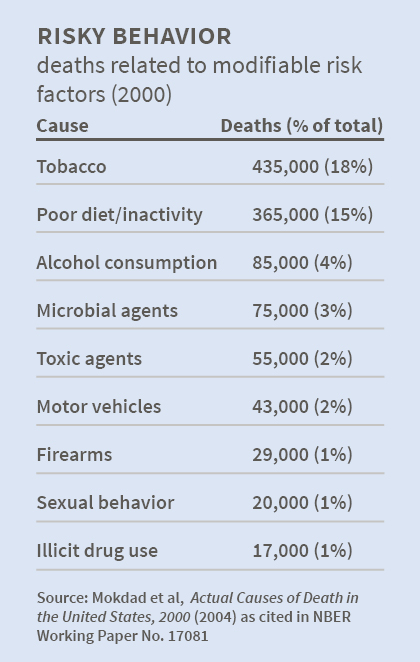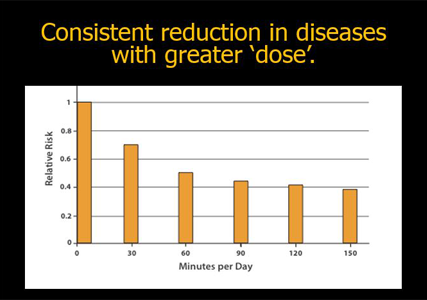Part 1 - The Bare Minimum
Other than quitting a pack-a-day smoking habit, quitting a sedentary lifestyle is the single most effective thing you can do to improve your health. That statement is not opinion, it is scientifically supported fact. There is no other health intervention of any sort that has such strong evidence in reducing all-risk mortality and improving quality of life as daily exercise. It has proven benefit in preventing cancer, cardiovascular disease, mental illness and almost any other medical condition you can think of. It is safe in overdose and has a lower side-effect profile than any medication we know of.

So what dose do we need?
Well it depends a bit on which area of our health we are trying to improve but it appears that, almost without exception, the more, the better. (There is occasionally some debate at the very extreme high end but I’ll leave that for another day). Although any extra bit of exercise will help to improve your health, above a certain minimum amount there is a gradually diminishing return on investment. Looked at another way, the less you do, the more hazardous it is but as you reach complete sedentary levels the risks escalate extraordinarily. Research shows that the critical number is around 22 minutes of activity daily. We should all be aiming to get a lot more than that but if you get less than 22 minutes daily the risks are akin to other extremely hazardous practices like smoking a packet a day, drinking a carton a night, or having an illicit drug habit.
There is a lot of conversation around ‘one-percenters’: butter or margarine? Do food additives cause cancer? Is high intensity interval training better than long and slow aerobic? There are answers to these which I hope to cover in later blogs but they really are ‘one percenters’ compared with daily activity.

So, what type of exercise should we do?
If we look at exercise as a form of medicine, we should see it as a class of medication rather than a single pill. To target specific medical conditions, the type of exercise and the dose can be prescribed per individual need because different types of exercise will affect areas of your health differently (again, an interesting area for a later blog). But if we are currently focusing on bare minimums and avoiding the extreme risks of being sedentary then the answer is quite simply: ANYTHING. Anything that you can sustain daily. Anything that you enjoy. Anything you can keep doing without getting injured. Anything that connects you with other people is a bonus.
So, if you are not getting a minimum of 22 minutes of exercise daily, don’t engage in conversations about what type of exercise is best or whether sugars or fats are more evil. Pick the low hanging fruit first – do something, anything for at least 22 minutes a day. Once you’ve nailed that, you’re not done. You’ve just achieved the equivalent to quitting smoking. That’s your baseline and you’re ready to start.
Like my facebook page:
Click Here to keep an eye out for part 2;





















